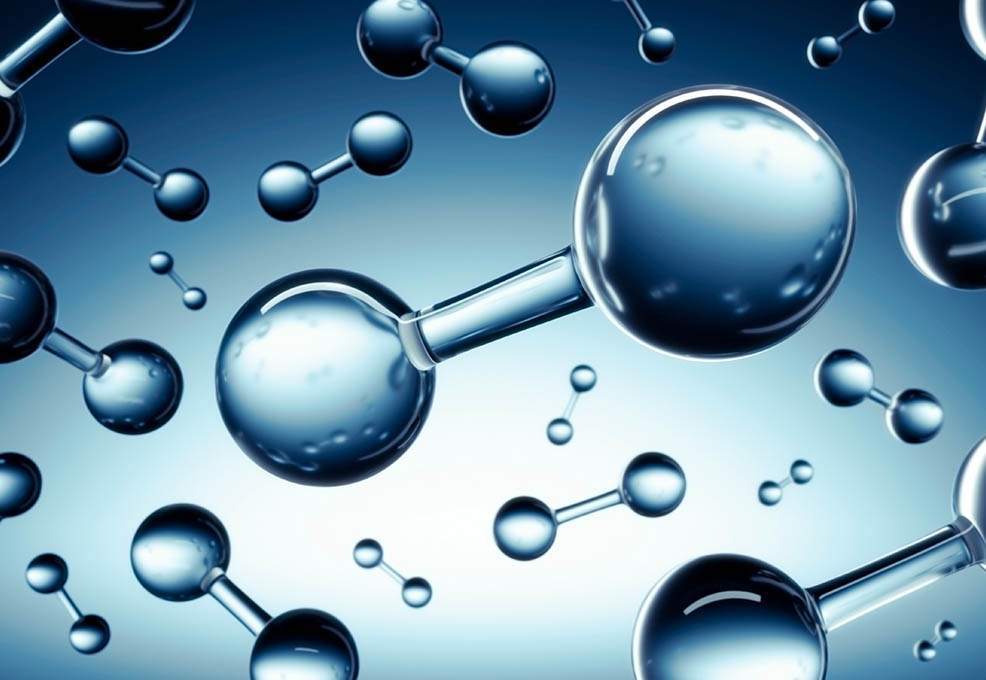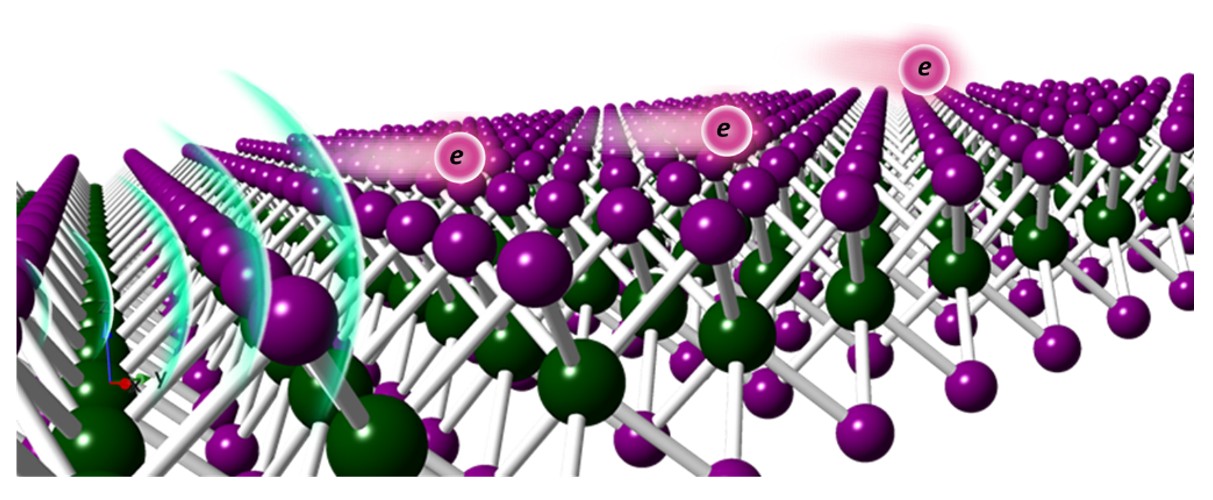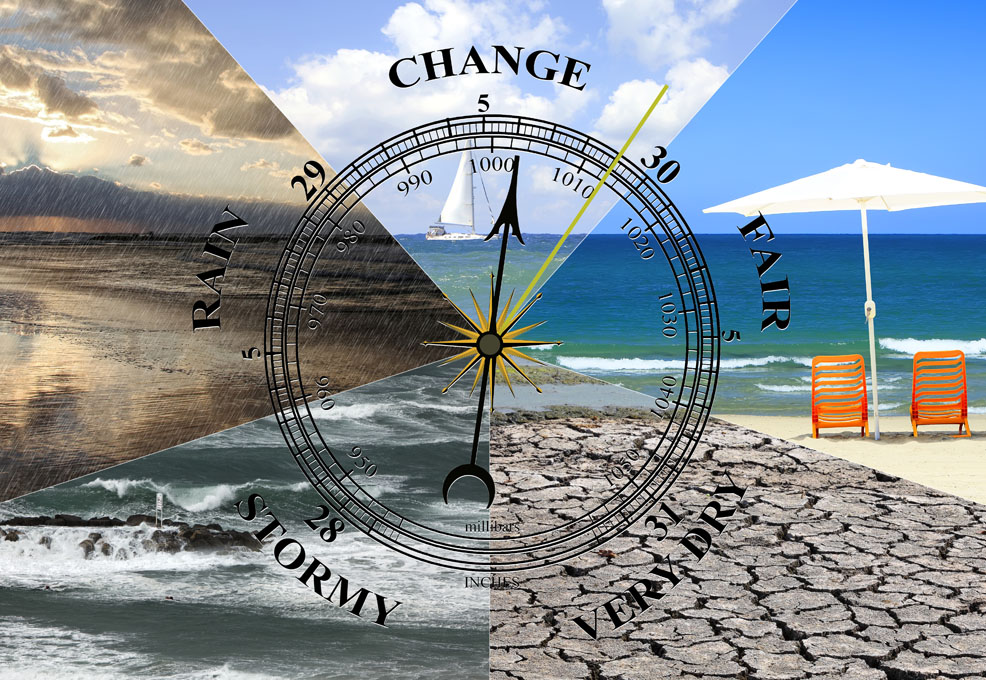How Do We Predict Future Climate? Development of Climate Modeling System in Taiwan

Author(s)
Jyh-Ming WuBiography
Professor Jyh Ming Wu received his Ph. D. in materials science engineering from National Tsinghua University in 2005. He was employed at National Tsinghua University as a Professor of the Department of Materials Science and Engineering, later serving as deputy chair, and as acting chair. He has been awarded several honors from 2011 to 2020, such as the National Science Council Da-Yu Wu Award, the Taiwan Vacuum Society Young Scholar Award, the Ministry of Science and Technology (MOST) Outstanding Young Scholar Program, the Y.Z. Hsu Science Paper Award, the Outstanding Research Award of MOST, MOST Future Science and Technology Award, and he was an awarded Fellow of Vebleo and Fellow of IAAM. His academic research focuses on high-activity piezoelectric catalysts, piezotronics, self-powered nanogenerators, smart sensing materials, and lithium-ion battery materials.
Academy/University/Organization
National Tsing Hua UniversitySource
https://onlinelibrary.wiley.com/doi/10.1002/adma.202002875-
TAGS
-
Share this article
You are free to share this article under the Attribution 4.0 International license
- NATURAL SCIENCES
- Text & Image
- December 21,2020
The extra extraction of natural resources releases excessive greenhouse gases and pollutes industrial wastewater. Recently, resource efficiency central themes have promoted development paths towards a low-carbon society that has emerged in global discussions based on the green economy. The awareness of ecological sustainability has been progressively revived, motivating researchers to employ proper strategies to balance social evolution and environmental sustainability. Thus, the development of catalyst materials was applied to purify the wastewater and produce renewable energy.
Prof. Jyh Ming Wu and his co-workers discovered a promising technology, referred to as the piezoelectrocatalytic system. The team chose quartz microrods decorated with layered MoS2 nanosheets to exhibit a unique hierarchical heterostructure (referred to as quartz@MoS2 nanostructures). Through theoretical calculation and experiments, the quartz microrods act as a self-powered component to provide an internal electric field to the MoS2 nanosheets surrounding the surface of the quartz microrods. Thus, the piezoelectric potential effectively facilitates redox reactions with the free carrier in MoS2 nanosheets.

Piezo-electrocatalytic Hydrogen Evolution and Degradation of Water Pollutants
The extra extraction of natural resources releases excessive greenhouse gases and pollutes industrial wastewater. Recently, central themes of resource efficiency have promoted development paths towards a low-carbon society, which has emerged in global discussions based on the green economy. The awareness of ecological sustainability has been progressively revived, motivating researchers to employ proper strategies to balance social evolution and environmental sustainability. Thus, the development of catalyst materials was applied to purify the water resource and produce renewable energy.
For clean energy, water splitting has been regarded as a promising process of bringing hydrogen gas from the sunlight without polluting the environment. However, sunlight is an intermittent energy source, limiting solar radiation due to its dependence on day or night, season, geographical position, and most often non-dispatchable renewable power.[4] Promising methodologies for producing hydrogen and decomposing industrial wastewater by reduction and oxidation reactions. Accordingly, considering the drawbacks of photocatalytic features, which exhibit strong attenuation of light in a water-based solution, fast recombination of electron-hole pairs, and little absorption under the visible light region, the commercial applications for photocatalysts are limited.
With the support of the Ministry of Science and Technology (MOST), Prof. Jyh-Ming Wu’s group at National Tsing Hua University (NTHU) has discovered piezocatalysts, which show unique catalytic activity and do not need the application of light irradiation, saving energy for industrial applications[1]. Therefore, piezocatalysts have received tremendous attention globally because they have been regarded as a new solution for low quantum yield problems in advanced nanotechnology to develop renewable energy and environmental remediation.
In 2020, in a paper published in Advanced Materials[2], Prof. Jyh Ming Wu and his co-workers further discovered a more impressive technology, referred to as the piezoelectrocatalytic system, which couples the piezoelectric and electrocatalyst effects. The team chose quartz microrods decorated with layered MoS2 nanosheets to exhibit a unique hierarchical heterostructure (referred to as quartz@MoS2 hierarchical heterostructure), as shown in the Figure below. Through theoretical calculation and experiments, the quartz microrods act as a self-powered component to provide an internal electric field to the MoS2 nanosheets surrounding the surface of the quartz microrods. Thus, the piezoelectric potential effectively facilitates redox reactions with the free carrier in the MoS2 nanosheets.

Figure (a) Industrial wastewater (schematic diagram) can be degraded and simultaneously produces hydrogen gas through the quartz composite two-dimensional MoS2 piezoelectric catalyst under mechanical force in completely dark conditions, (b) Simulation result of the piezoelectric potential of the quartz composite two-dimensional MoS2 piezoelectric catalysts.
When applied by a mechanical force, the quartz microrods@MoS2 hierarchical heterostructures present a significant piezoelectric potential positioned on the edge sites of the MoS2 nanosheets, forming the interfacial area between the quartz and MoS2 nanosheets. The piezopotential can be effectively modulated through strain engineering, leading to the hydrogen evolution rate of quartz microrods @MoS2 nanostructures reaching approximately 6456 μmo1·g−1 h−1 and peaking at 16.8 mmol g−1 in 8 h, which is the highest value among piezocatalytic conditions.[2] More impressively, the newly developed piezoelectrocatalysts system is the first evidence of significant simultaneous production of hydrogen gas and decomposition of water pollutants. The performance of the hydrogen evolution reaction is comparable to that of the benchmark electrocatalyst system. The whole process is performed under dark conditions without the application of external light irradiation. Therefore, the traditional drawbacks of low quantum yield for photocatalysts can be entirely prevented. The proposed catalysts are a highly promising process for environmental remediation and clean energy development without light irradiation, which is highly convenient for industrial applications. [3-4]
References:
[1] J. M. Wu*, W. E. Chang, Y. T. Chang, C. K. Chang, “Piezo‐Catalytic Effect on the Enhancement of the Ultra‐High Degradation Activity in the Dark by Single‐ and Few‐Layers MoS2 Nanoflowers”, Advanced Materials 28 (19), 3718-3725 2016.
[2] Y. T. Lin, S. N. Lai, and J. M. Wu* “Simultaneous Piezoelectrocatalytic Hydrogen‐Evolution and Degradation of Water Pollutants by Quartz Microrods@Few‐Layered MoS2 Hierarchical Heterostructures.” Advanced Materials 32 (34), 2002875 2020.
[3] Y. J. Chung, C. S. Yang, J. T. Lee, G. H. Wu, J. M. Wu* “Coupling Effect of Piezo–Flexocatalytic Hydrogen Evolution with Hybrid 1T‐ and 2H‐Phase Few‐Layered MoSe2 Nanosheets”, Advanced Energy Materials 10 (42), 2002082 2020
[4] Y. C. Wang and J. M. Wu* “Effect of Controlled Oxygen Vacancy on H2‐Production through the Piezocatalysis and Piezophototronics of Ferroelectric R3C ZnSnO3 Nanowires”
Advanced Functional Materials 30 (5), 1907619 2020.
STAY CONNECTED. SUBSCRIBE TO OUR NEWSLETTER.
Add your information below to receive daily updates.




